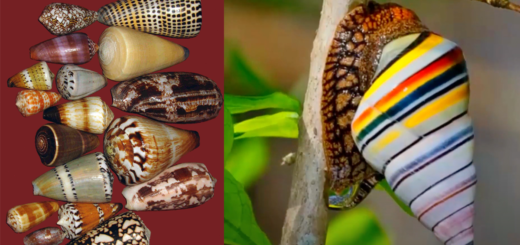Blood Facts – 29 Interesting Facts About Blood
Facts About Blood
The human blood contains along with other metals like iron, chromium, zinc, lead, copper some amount of gold in traces.
Blood cells are formed from stem cells in the bone marrow. In an adult most of the blood cells are produced in the bones of the spine and pelvis. Other organs such as liver, spleen, lymph nodes and thymus help in regulating the production of blood.
The different blood cells have different life spans depending upon type and the conditions. RBC has an average life span of 4 months before they degenerate and the different components are recycled in Liver. The platelets which are important for clotting have a life span of 9 days while WBC has a life span of few days to some hours.
The RBC cells are devoid of nucleus and other cellular bodies like mitochondria, or ribosomes. Absence of these organelles allows millions of hemoglobin molecules in the RBC.
The hemoglobin attaches with oxygen and form oxy-hemoglobin which help in transportation of oxygen.
Carbon Monoxide also attaches with hemoglobin and prevents the RBC to carry out its natural function of transporting oxygen and leads to death of the affected person due to asphyxiation.
Platelets help in sealing any puncture in the circulatory system by forming a clot which prevents the blood from flowing out.
The clot can also have a negative effect and if it is formed in the arteries or veins in the heart it can lead to a condition known as heart attack or blockage.
Clot formation depends upon a number of factors and absence of any of these factors can lead to a condition known as hemophilia where the clot formation is hampered.
Blood not only supplies oxygen and other nutrients to the remote locations of the body but also transports waste matter and unwanted materials for excretion.







